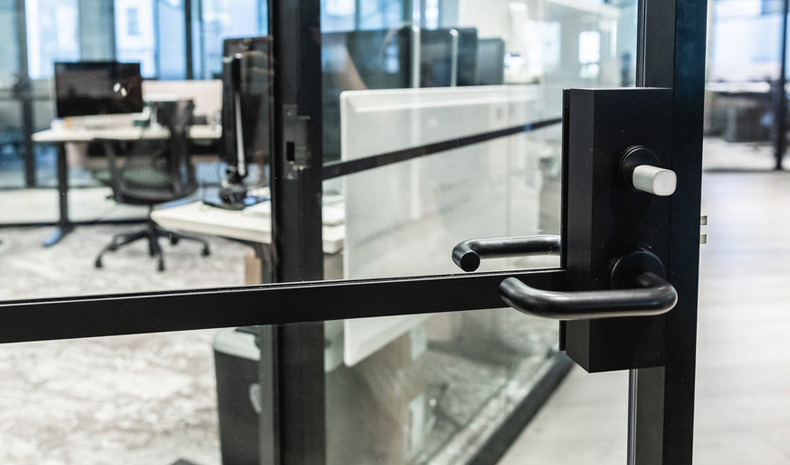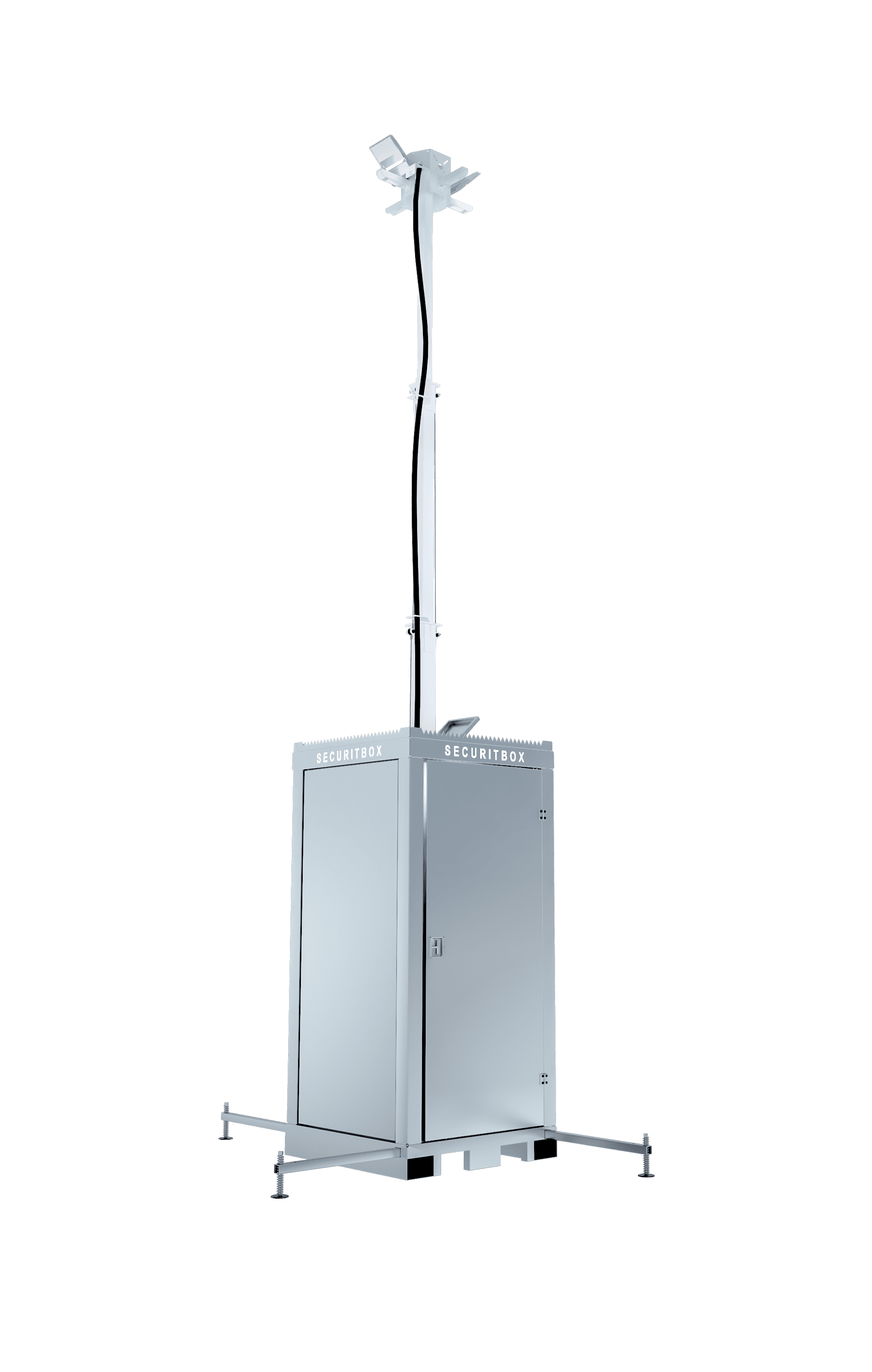Custom Security Solutions: The Function of Security Equipment Suppliers in Enhancing Safety
Custom Security Solutions: The Function of Security Equipment Suppliers in Enhancing Safety
Blog Article
Discovering the Duty of Access Control Equipment in Enhancing Security Devices Effectiveness and Effectiveness
Access control systems are progressively acknowledged as vital elements in the landscape of security management, giving an organized strategy to manage accessibility to delicate locations and info. Their ability to incorporate with numerous safety modern technologies, such as monitoring cameras and alarm system systems, substantially improves the total effectiveness and efficiency of security operations.
Understanding Gain Access To Control Systems
Gain access to control systems play a vital duty in making certain the safety of different environments, from corporate workplaces to sensitive government facilities. These systems control who can get in or exit an assigned location, thereby safeguarding assets and delicate info. The basic elements of access control systems consist of authorization, verification, and recognition processes.
Identification entails confirming a person's identification, normally through credentials such as essential cards, biometric information, or passwords. Once determined, verification confirms the individual's right to accessibility, often via multi-factor verification methods to improve protection. Finally, permission establishes the degree of access given, enabling for set apart permissions based on functions within the organization.
Access control systems can be categorized into two main types: sensible and physical. Physical accessibility control pertains to tangible locations, while logical access control governs digital information systems. Both types function synergistically to give thorough protection options.
Assimilation With Safety Technologies
The combination of access control systems with various other safety technologies is necessary for developing a holistic protection setting. By integrating accessibility control with video clip security, invasion detection, and security system, companies can enhance their total safety posture. This interconnected structure permits real-time surveillance and quick feedback to security events, improving situational understanding and operational effectiveness.
As an example, incorporating gain access to control with video clip monitoring makes it possible for safety personnel to verify accessibility events aesthetically, ensuring that only accredited individuals are approved access. Likewise, when accessibility control systems are linked to alarm, any kind of unauthorized gain access to efforts can set off prompt alerts, triggering speedy action.
In addition, the integration of accessibility control with cybersecurity measures is increasingly crucial in securing delicate information and physical possessions. By lining up physical security procedures with IT security systems, organizations can make sure that both physical and electronic accessibility factors are kept an eye on and controlled properly.
Advantages of Improved Protection Workflow

Additionally, boosted protection operations assist in real-time monitoring and event action. With incorporated systems that incorporate security electronic cameras, alarm systems, and accessibility controls, security groups can swiftly determine and resolve potential dangers. This proactive strategy permits timely interventions, lowering the likelihood of safety breaches and possible losses.
Furthermore, efficient safety operations add to a culture of safety and security within the organization. Workers are most likely to feel more protected when they recognize that durable procedures are in location, leading to enhanced morale and performance. The usage of data analytics from access control systems enables companies to analyze security trends, boost plans, and designate resources effectively.
Considerations and difficulties

In addition, companies need to deal with the capacity for data breaches. Access control systems usually deal with sensitive info, and any type of susceptabilities could expose this information to unapproved accessibility. customized security solutions. Guaranteeing robust cybersecurity steps is crucial to shield versus such threats
User training is another vital factor to consider. Workers should comprehend how to use access control systems properly, as improper use can cause safety spaces. Companies need to balance security with customer benefit; extremely limiting accessibility can prevent productivity and lead to workarounds that endanger safety protocols.
Compliance with lawful and governing demands is likewise paramount. Organizations needs to guarantee that their accessibility control systems fulfill market criteria and regional regulations, which can vary substantially. Ultimately, the recurring upkeep and monitoring of access control manufacturers these systems need specialized sources, making it essential for companies to allocate proper budgets and workers to make certain long-term performance and performance.

Future Trends in Gain Access To Control
Preparing for the future of accessibility control reveals a landscape progressively formed by technical advancements and developing safety and security demands. One significant trend is the combination of man-made knowledge (AI) and artificial intelligence, which improve decision-making abilities and automate hazard detection. These innovations enable real-time evaluation of accessibility patterns, making it possible for more adaptive and responsive protection actions.
Biometric verification is also acquiring grip, with advancements in finger print, facial recognition, and iris scanning innovations providing boosted protection and customer ease. As these systems come to be a lot more budget-friendly and advanced, their fostering across numerous fields is expected to rise.
An additional arising fad is the change towards cloud-based accessibility control systems. These services supply scalability, remote management, and centralized data storage space, permitting organizations to simplify operations and improve effectiveness.
Furthermore, the Internet of Points (IoT) is set to transform accessibility control by making it possible for interconnected devices to connect and share information, thereby improving situational understanding and protection responsiveness.
Verdict
Finally, gain access to control systems significantly enhance the effectiveness and effectiveness of protection equipment by facilitating exact identification, verification, and authorization procedures (custom security solutions). Their integration with monitoring and alarm cultivates a proactive protection setting that addresses potential breaches in real-time. While considerations and difficulties exist, the continuous development of gain access to control innovations assures to further enhance safety procedures. Ultimately, these systems are integral to protecting sensitive areas and information within organizations, making sure a durable safety structure.
Access control systems are significantly acknowledged as necessary components in the landscape of safety administration, offering an organized strategy to regulate access to sensitive areas and information. Physical access control pertains to substantial areas, while rational gain access to control regulates electronic info systems.The assimilation of accessibility control systems with other security innovations is essential for producing an alternative security environment. Access control systems often handle sensitive info, and any vulnerabilities could expose this data to unapproved access. Companies must balance security with user comfort; overly restrictive gain access to can hinder performance and lead to workarounds that compromise protection methods.
Report this page